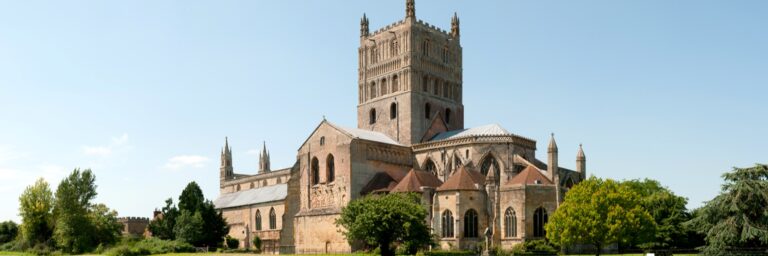| CC4HH
The Soldiers of St Paul’s, Cheltenham
This post comes from second year undergraduate student Jason Thomas, who is conducting a project with the University’s Archives and Special Collections as part of the HM5002 Engaging Humanities module.
My project involves making a contribution to writing the short biographies of a number of alumni soldiers who attended St. Paul’s Practicing School, located at Francis Close Hall campus along with St Paul’s College in Cheltenham. In due course, a memorial board will be placed inside the chapel at FCH and an exhibition about the alumni soldiers is scheduled to take place in November 2021.

Many of the 41 students covered by this project lived locally and they all served as soldiers in the Second World War. The task involved analysing service records about the students, and preparing short biographies noting information relating to their family life, educational background, employment history and leisure activities. Most of the source material came from the Commonwealth War Graves website (which has a ‘Held in Honour’ page providing short biographies of the soldiers), grave register and registration information and a pdf copy of the burial site. The major challenge for me in writing the biographies was to ensure that they did not simply repeat the information already publicly available. With only two paragraphs to work with, it was important to provide some new insight to every story, even if the eventual outcome for each of the individual soldiers was ultimately the same.

My personal connection to Cheltenham has been further cemented by working on these biographies. Although my other interests in photography and walking had already established a sense of belonging to the town through visiting various buildings and the surrounding landscape, this project has imprinted an emotional link with Cheltenham that will stay with me for a long time. I considered it not only a duty, but also a pleasure to learn more about the everyday lives of these local people, their day-to-day normality, the routine of going about their business, until either by choice or by call, their lives were taken in a different direction. They have helped to shape Cheltenham’s wartime history.



